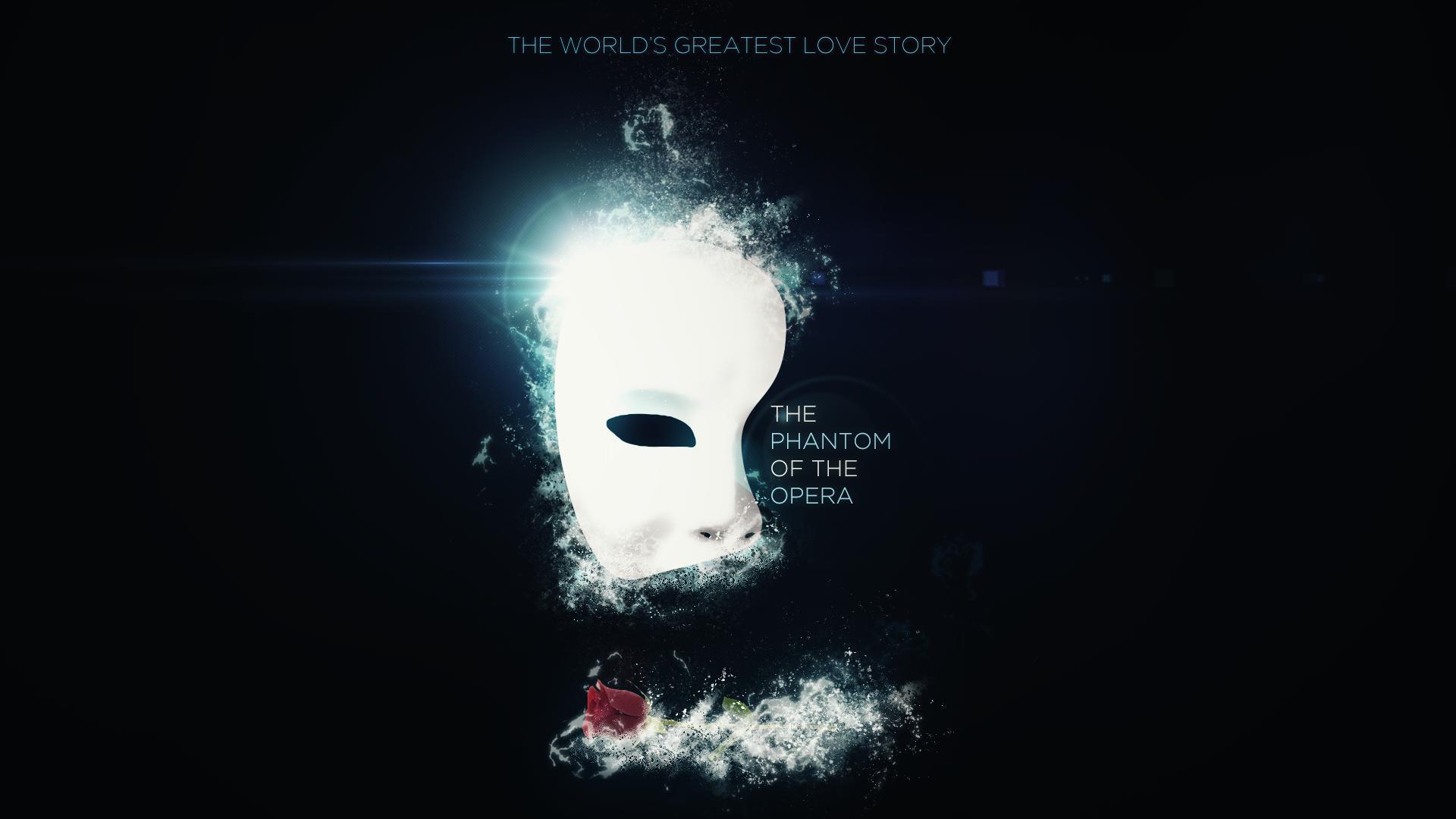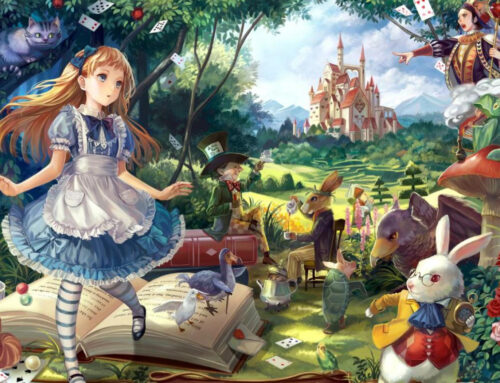If Mr. Leroux’s novel hadn’t been written, The Phantom of the Opera would not have earned as much critical acclaim. Discover 17 fascinating details about “The Phantom of the Opera” by Gaston Leroux.

(1) The Phantom of the Opera by Gaston Leroux was first released in 1909 as an unpopular serialized novel.
(2) In early drafts of Phantom, the character of Christine was called “Kristin.”
(3) Although the Phantom has no name in the musical, he’s called Erik in Gaston Leroux’s original novel.
(4) The Phantom of the Opera has been parodied on dozens of TV shows, including The Simpsons, Family Guy, South Park and SpongeBob SquarePants.

(5) In the 2004 movie, at the end of the Masquerade scene, Raoul briefly enters a circular chamber full of mirrors. This is a reference to the original Phantom of the Opera novel, in which the Phantom used the mirrored chamber as a torture chamber to drive victims insane.
(6) The instruction to “Keep your hand at the level of your eyes” is another reference from the book, in which the Phantom was adept at disposing of victims with the “Punjab lasso.” Keeping one’s hand at the level of one’s eyes kept the Punjab lasso away from the victim’s neck and was the only defense.

(7) When the Phantom is taking Christine to his lair, he places her on a black horse for a while. This is not part of the show, but is a nod to the original book, where the Phantom uses a horse named Cesar to transport Christine part of the way.
(8) The part where Raoul nearly drowns is also a nod to the original novel, where Erik (The Phantom) floods the torture chamber with water from the lake after Christine agrees to marry him.
(9) Interesting facts about the 1925 movie which is based on Gaston Leroux’s original novel:

~ For the 1925 silent movie, Lon Chaney put egg whites on his eyes to give them a cloudy appearance.
- To achieve his skull-like make-up, Lon Chaney attached a strip of piano wire to his nostrils with spirit gum, pulled it back until he got the tilt he wanted, then attached the other end of the wire under his bald cap.
- According to the film’s cameraman it cut into Chaney’s nose and caused a good deal of bleeding.
- Cheeks were built up using a combination of cotton and collodion.
- Ears were glued back and the rest was greasepaint shaded in the proper areas of the face.
- Selected by the Library of Congress for preservation in the National Film Registry in 1998 as being “culturally, historically or aesthetically significant.”
(10) Freddy Krueger himself, Robert Englund, played the Phantom in a 1989 horror version.

(11) In the Englund film, the Phantom is not afflicted by a genetic deformity, but maimed after making a deal with the Devil.
(12) The disclaimer at the end of the 1989 film’s credits reads: “This Motion Picture is not associated with any current or prior stage play or motion picture of the same title.” This is purely legal jargon, as the film is obviously a loose adaptation of both the novel and play.
(13) The 1989 horror film marks SNL-alum Molly Shannon’s debut in the role of Meg.

(14) By 2007 the number of film adaptations of Gaston Leroux’s novel amounts to 40, including shorts, cartoons, TV, films, and variants.
(15) Gaston Leroux’s novel was first published in English in 1911; it was first published (in France) in 1909.
(16) The original Frod book publication of 1910 was illustrated with five paintings by André Castaigne. The paintings served as an inspiration for the 1925 film, and have appeared in many subsequent reprintings and translations.
(17) The 1925 film is 107 minutes long, the “talkie” version has a runtime of only 93 minutes.
(18) In 1943 Universal remade its silent classic with Claude Raines.










